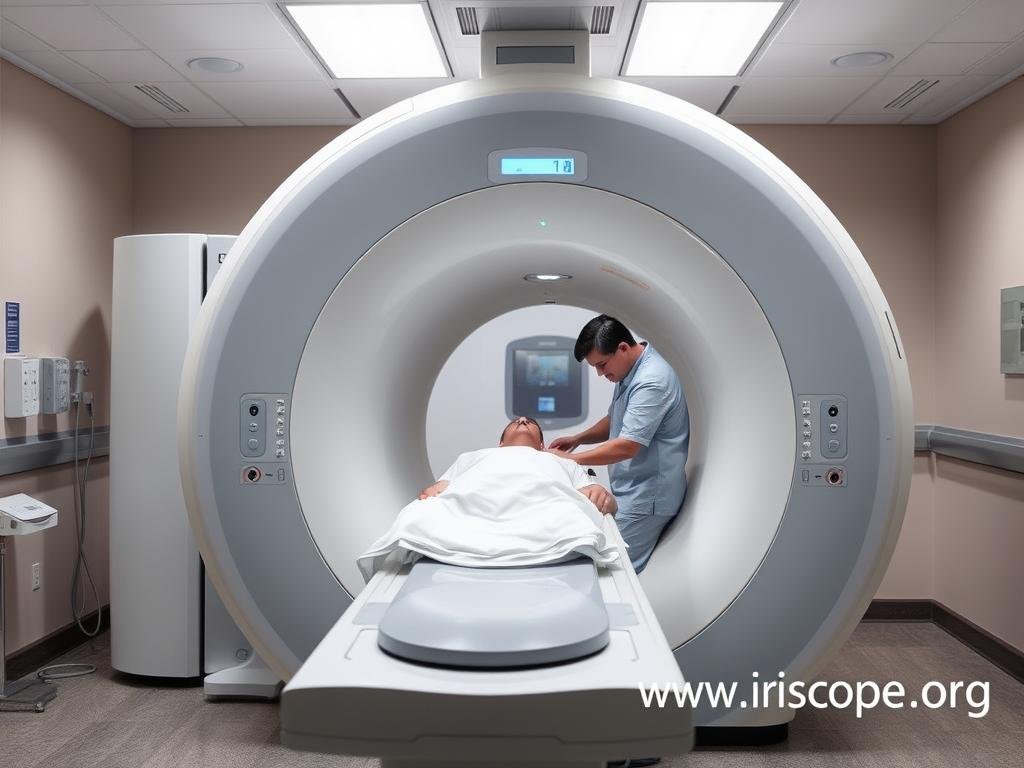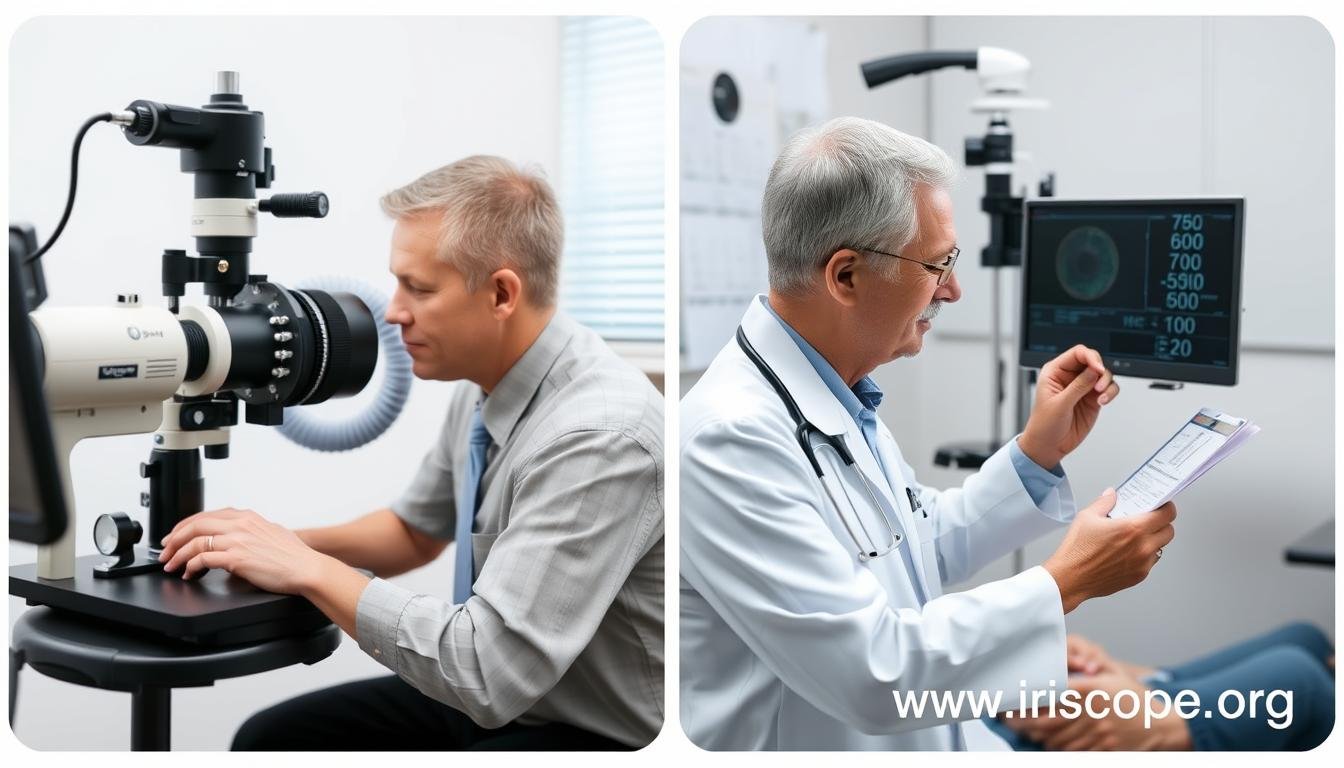Case Study 1: Complementary Approaches
Sarah, a 42-year-old woman, experienced chronic fatigue and digestive discomfort for several months. Her medical tests showed normal results, but she continued to experience symptoms.
During an iridology reading, the practitioner identified signs of potential digestive system stress and suggested dietary modifications, including eliminating certain food groups temporarily.
Sarah implemented these changes while continuing to work with her physician. After three months, her symptoms improved significantly. Her doctor later diagnosed a mild food sensitivity that wasn’t detected in initial testing.
Key Insight: In this case, the iridology reading complemented the medical approach by suggesting lifestyle modifications that addressed underlying factors contributing to her symptoms.























